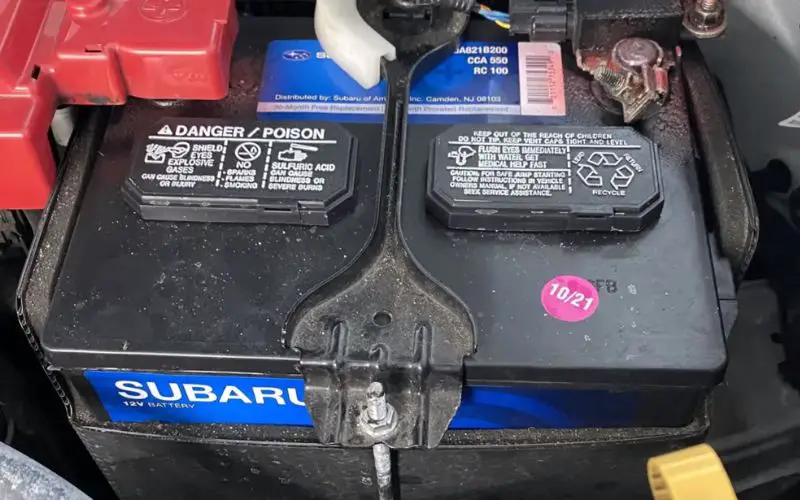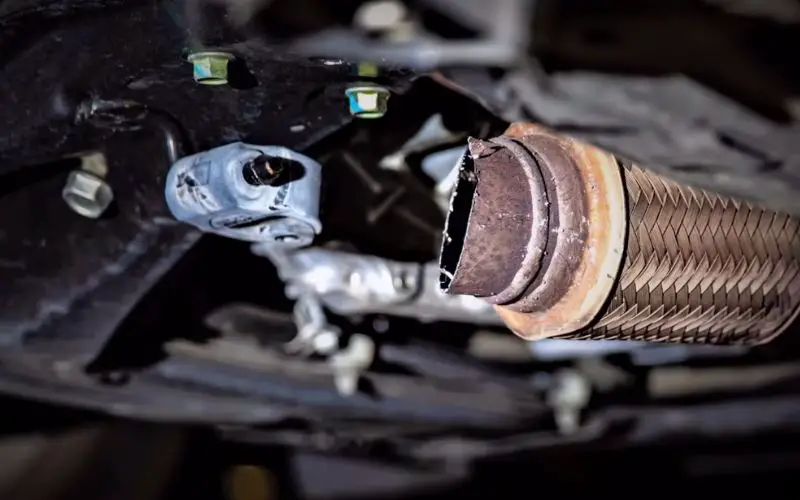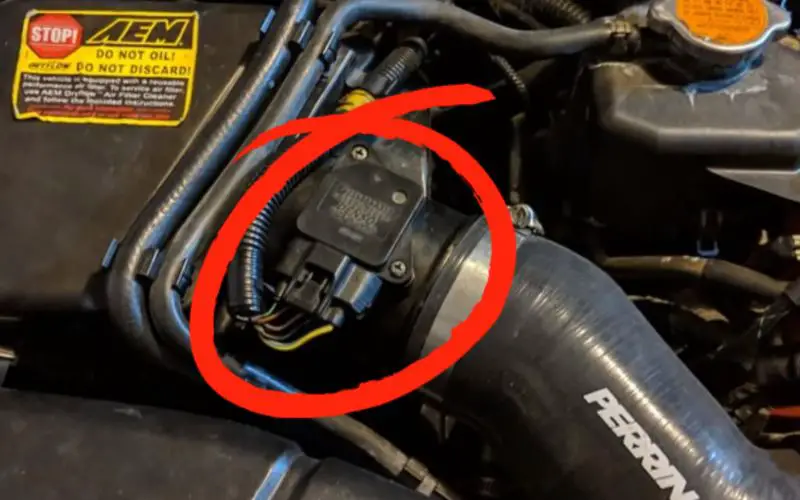Jeep Compass check engine light on means something is wrong with the engine.
It could be a minor issue like a loose gas cap, temperature stays down below freezing , or faulty Oxygen Sensor.
It might also indicate a serious problem, like engine failure.
If the Check Engine Light comes on in your Jeep Compass, a quick fix could be tightening a loose gas cap.
Want to avoid hefty repair bills? Most of the engine failures could have been avoided with proper care.
Keep reading to learn how to troubleshoot this issue yourself. Make sense of those blinking lights. Save money.
What are the Common Reasons for the Light
The Check Engine Light in your Jeep Compass serves as an early warning system for potential issues with your vehicle.
From minor problems like a loose gas cap to more serious concerns like a failing catalytic converter, this light is your cue to pay attention. Here are some common reasons why it might come on.
Battery Issues

The battery is vital for starting your car and powering other systems like lights and radio. A low or dead battery can cause the Check Engine Light to come on. If the battery is weak, it can’t support the car’s electrical needs. This triggers the car’s computer to light up the warning. A battery test can confirm if you need a new one.
Catalytic Converter

The catalytic converter is part of the exhaust system. It turns harmful gases into less harmful ones.
If it fails, your car will produce more pollution. Your fuel economy will also drop. A bad converter can even cause your car to fail emissions tests. Immediate repair or replacement is crucial.
Spark Plugs or Wires

Spark plugs and wires are key to your engine. They ignite the fuel-air mixture that powers your car.
When they’re old or damaged, your engine runs poorly. You may notice a drop in power and higher fuel consumption. Replacing these parts can restore your engine’s performance.
Mass Airflow Sensor (MAF)

The Mass Airflow Sensor measures the amount of air entering the engine. This data helps the car’s computer manage fuel injection.
A faulty sensor can cause problems like poor starting and uneven throttle response. In some cases, your car may stall. Replacing the sensor usually solves the issue.
Loose Gas Cap

A loose or missing gas cap can cause the Check Engine Light to come on. The cap seals the fuel system and helps maintain pressure in the fuel tank.
A loose cap allows fuel to evaporate, wasting money and harming the environment. Simply tightening or replacing the cap can fix this issue.
Vacuum Leak
The vacuum system in your car performs many functions. It helps control engine speed and lowers harmful emissions.
A leak in this system can cause the engine to idle high or surge randomly. Over time, this can lead to increased emissions and poor performance. Repairing the leak restores normal function.
Oxygen Sensor (O2)
The Oxygen Sensor measures the level of oxygen in your car’s exhaust. This information helps manage fuel injection and combustion.
A faulty sensor can lead to poor fuel economy and increased emissions. Replacing the sensor can improve both mileage and emissions.
Aftermarket Items
Aftermarket items like alarms or custom lights can also trigger the Check Engine Light. If not installed correctly, these items can drain the battery.
They may also interfere with the car’s electrical system. Ensuring proper installation or removal of these items can resolve the issue.
What Are the Steps to Take to Troubleshoot?
Here are the initial actions you should consider to address the situation adequately.
The first thing to do is to stay calm. A Check Engine Light is a warning, not a crisis. It tells you something needs attention.
Step 1: Check Gas Cap
Often, a loose gas cap is the culprit. It’s a simple issue with a simple fix. Pull over safely. Turn off the engine.
Tighten the gas cap until it clicks. Then restart the car. If the light turns off, you’ve solved the problem.
Step 2: Observe Light Behavior
Look at how the Check Engine Light behaves. Is it steady or flashing? A steady light usually means a less urgent issue.
A flashing light means a severe problem that needs immediate attention. Knowing this helps you decide your next move.
Step 3: Use an OBD-II Scanner
If you have an On-Board Diagnostics (OBD-II) scanner, use it. This tool can read the error code causing the light.
It gives you a clue about the issue. Many auto parts stores offer free scans. Take note of the code for your mechanic.
Step 4: Check for Other Warning Signs
Pay attention to how your car behaves. Are there strange noises? Is the car stalling? These signs can help your mechanic diagnose the problem.
Make a mental or written note of any unusual behavior.
Step 5: Decide on Immediate Action
Based on the light’s behavior and any other signs, decide what to do. If the light is flashing, pull over.
Call for a tow truck or roadside assistance. If the light is steady, plan a visit to the mechanic soon.
Step 6: Schedule a Mechanic Visit
Don’t ignore the light. Schedule a visit to a certified mechanic for a full diagnosis.
They can read the error code and perform tests. This ensures you address the issue before it gets worse.
By following these steps, you can handle a “Check Engine Light” in a calm and informed manner.
FAQs
Can I still drive my Jeep Compass if the Check Engine Light is on?
A steady light usually indicates a less urgent issue, so cautious driving is often okay. A flashing light means stop driving and seek immediate assistance.
How do I turn off the Check Engine Light?
Simply fixing the issue may not turn off the light. You may need an OBD-II scanner to reset it, or a mechanic can do it after a proper diagnosis.
Is it expensive to fix the issues causing the Check Engine Light?
Costs can vary. Some issues, like tightening a loose gas cap, are cheap, while others, like replacing a catalytic converter, can be expensive.
Can I diagnose the problem myself?
An OBD-II scanner can provide an error code that explains the issue. However, a complete diagnosis usually requires a certified mechanic.
How urgent is it to get the light checked?
A steady light is less urgent but should not be ignored. A flashing light requires immediate attention to prevent severe damage.
Summary
Taking action when the check engine light comes on in your Jeep Compass is essential for your safety and your vehicle’s health.
Understanding the common reasons for the light, knowing the initial steps for troubleshooting, and deciding when it’s safe to drive can prevent costly repairs.
Being informed and proactive is must to resolving issues effectively.


Leave a Reply